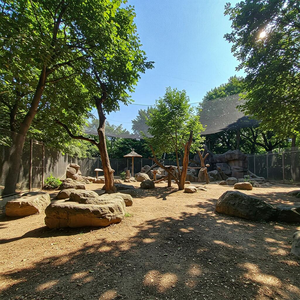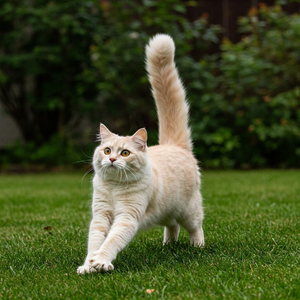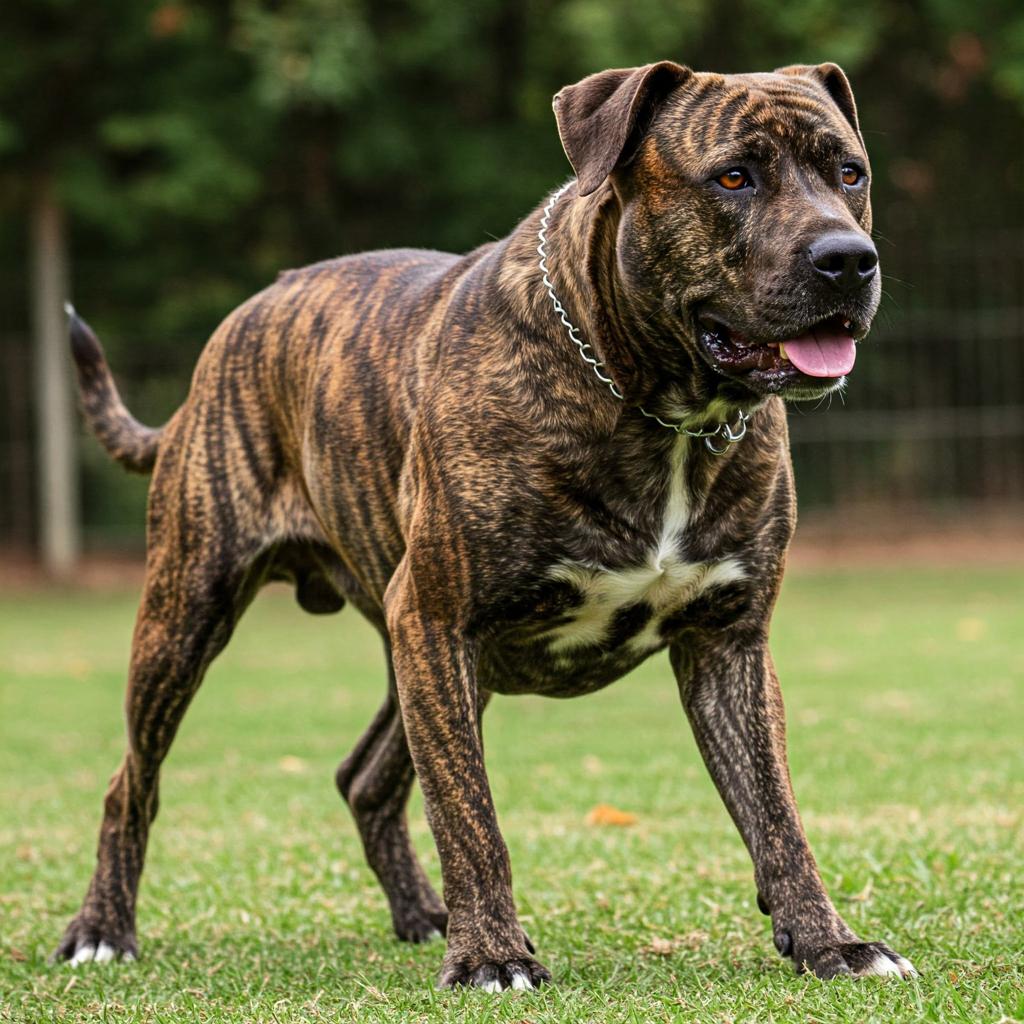
Characteristics of the Cimarron Uruguayo Breed
The origins of the Cimarron uruguayo dog breed are very uncertain. Some think that they arrived in Uruguay, which is their country of origin, brought by the Spanish and Portuguese and crossed with working molossi and hunting dogs. Others think they derive from various crosses with native breeds in the area.
Its name literally means Uruguayan wild dog and in Uruguay it is the only recognised native breed. These dogs were later abandoned and adapted perfectly to wild life, only they became too numerous and caused major problems by attacking pastures for food.
The authorities at the end of the 18th century even put a bounty on their killing, but some farmers captured several specimens and trained them again, achieving excellent results as guard dogs and livestock dogs, especially cattle. From these dogs comes the current Uruguayan cimarron, which probably, as mentioned earlier, was crossed with some molossoids.
These dogs were used for hunting, herding, and driving cattle. Today they are used as guard, protection and companion dogs. Also called the perro cimarrón, cimarron, perro gaucho and perro criollo, it is a breed that was recognised by the International Kennel Federation (F.C.I.) in 2006 and assigned to Group 2 (Pinscher and schnauzer type dogs, molossoids and Swiss cattle dogs).
Due to its great courage, the Cimarron uruguayo has become the official mascot of the Uruguayan army.
Character of the Cimarron uruguayo dog breed
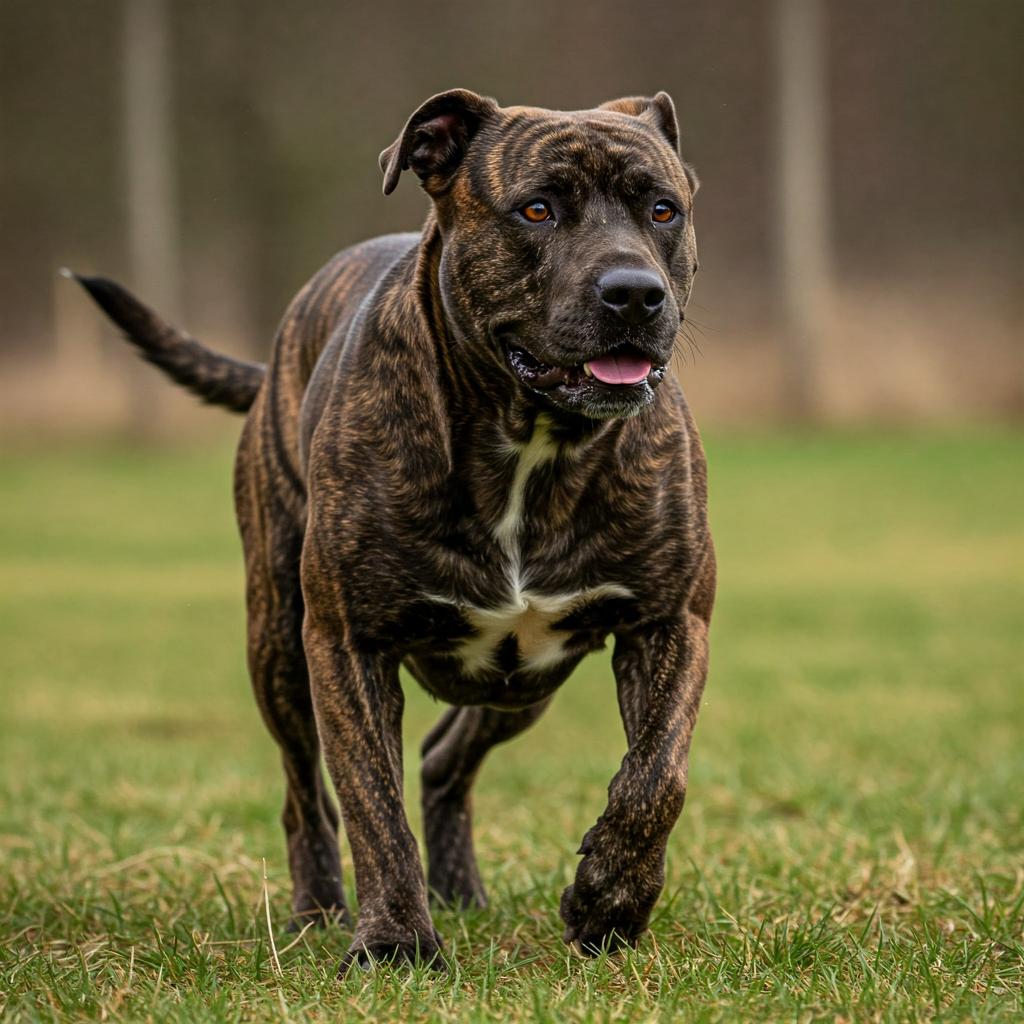
It is an excellent working dog, guardian of herds and a dog for the defence of both home and person, but it is also an excellent hunting dog, especially for wild boar. This dog is not suitable for living in a flat or enclosed in a house. Before getting one, it is advisable to be sure that the space available to it is suitable for its species. It needs to be outdoors a lot, ideally in a house with a garden, perhaps in the country, where it can run free.
With children it is patient and calm, but it is good that there is always adult supervision with them. With other animals, he can live peacefully, especially with cats, if socialised from an early age. With other dogs he needs good training.
Special mention must be made of its training. It is not a dog recommended for those who are not experienced with dogs of this kind. It is a breed that tends to be dominant and is therefore particularly demanding. If bred and trained incorrectly, these dogs can develop aggressiveness.
It is therefore necessary that the owners of these dogs establish and maintain a dominant position from day one. The ideal owner for this dog must have a strong character, but must also be affectionate and find the right measure to have a trusting relationship with the dog. No aggressiveness, but not too affectionate either, to prevent the dog from taking control.
It is not suitable for older people unless they are hunters and live in the country or in the woods.
Appearance of the Cimarron uruguayo dog breed
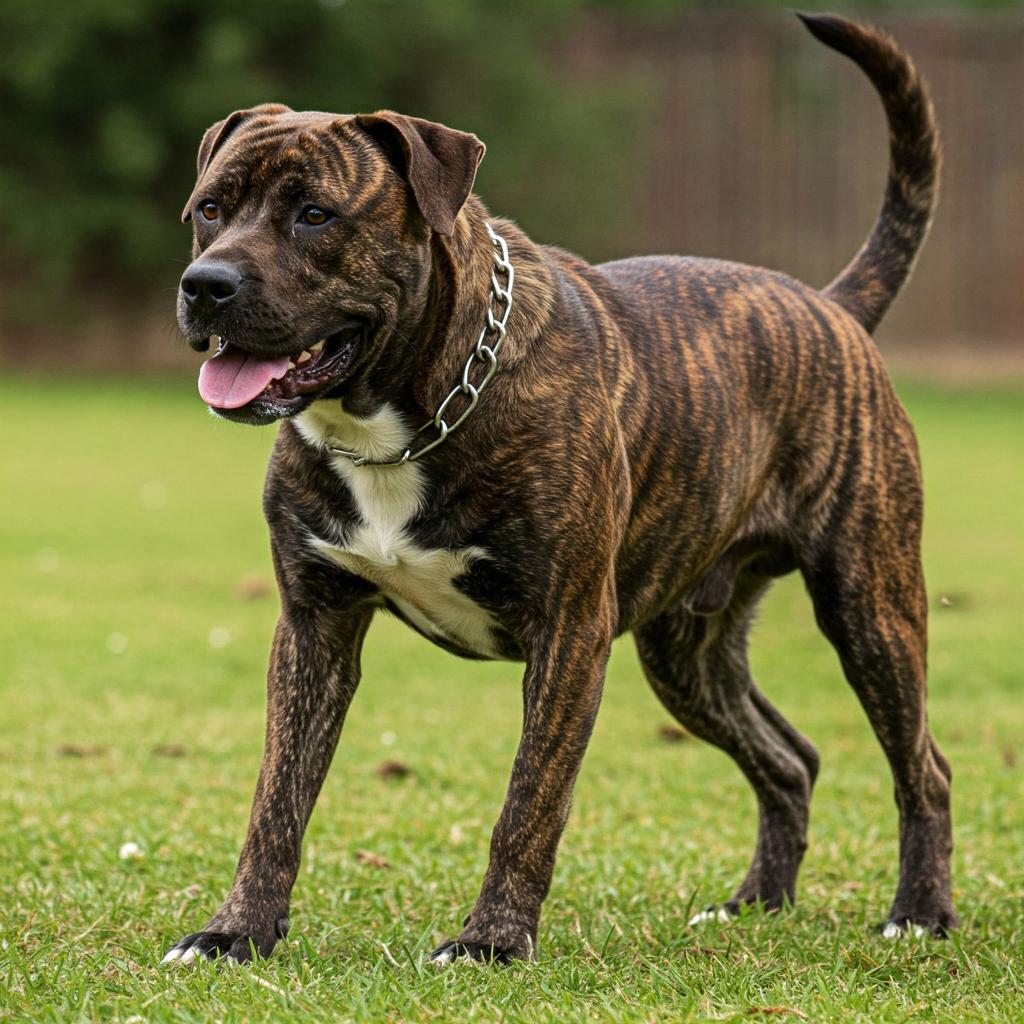
The legs are straight, of medium length, entirely covered by muscles, more evident in the hindquarters. The tail is broad at the root, of medium length and is carried low; when the dog is alert it is raised to form a horizontal line with the torso or slightly higher. Its preferred gait is the walk, which is very elastic.
The muzzle of the Cimarron is broad and the head is very large, in proportion to the rest of the body. The eyes are almond-shaped, of a shade tending to brown that varies with the colour of the coat, and are of medium size.
The gaze denotes curiosity and intelligence. The truffle is always black. Striking are the jaws, which are very pronounced and suggest the steely grip they have in reality. The ears are medium-large, triangular in shape and hanging down along the cheeks. They can be cut rounded, similar to those of the puma. However, there are many countries where this practice is fortunately prohibited.
The coat is short, smooth and has a thick undercoat. The coat colour may be tiger or fawn with light or dark shades. In some specimens we can also find the mask and white spots on certain parts of the body, such as on the lower jaw, or on the chest or belly.
Health and care of the Cimarron uruguayo dog breed
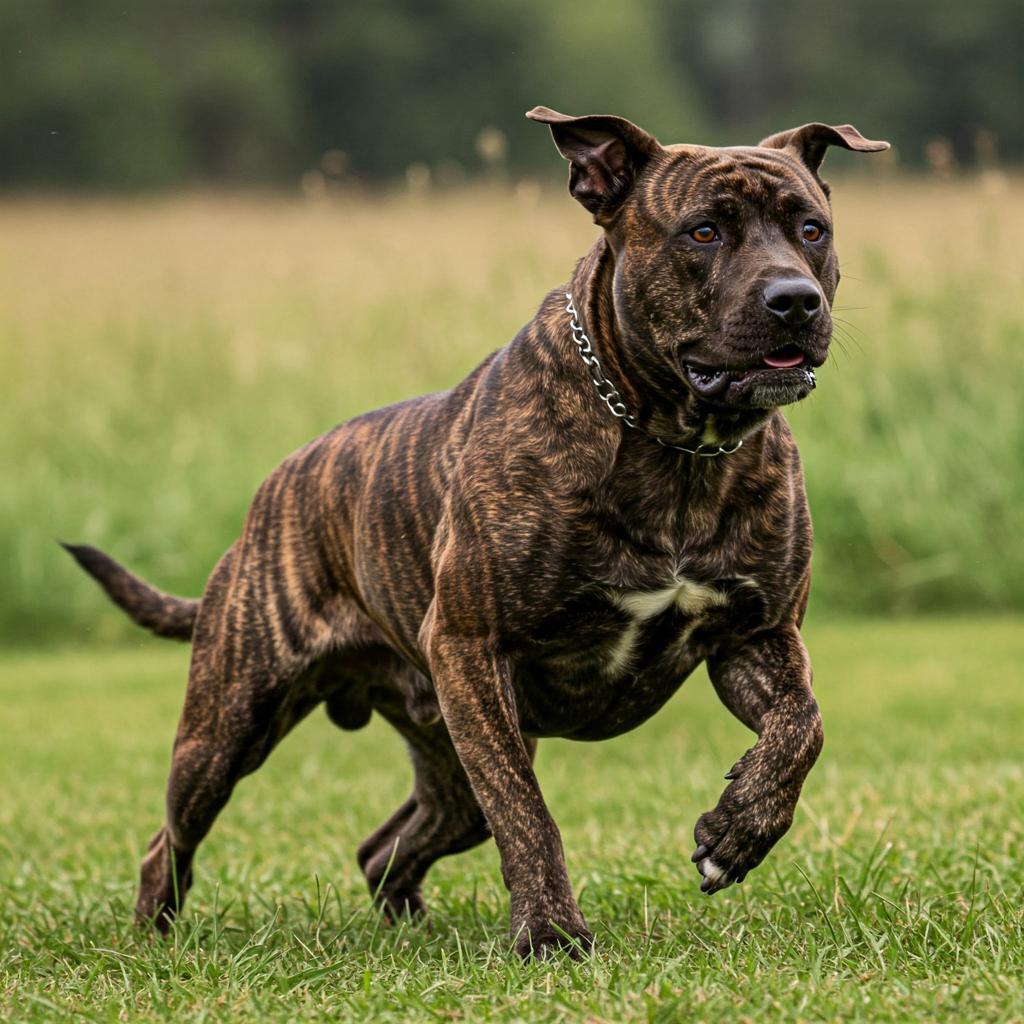
One must be aware, however, that this is a working dog and his metabolism is geared towards being active all day long. If he is not exercised and active enough or is overfed, he is prone to put on weight and be obese. Its life expectancy ranges from 10 to 14 years.
As far as coat care is concerned, it only needs to be brushed once a week. If the dog is outdoors a lot, perhaps in the fields or woods, it is good to check its eyes, ears, coat and paws every time it comes home. This way you can be sure that parasites or insects do not lurk undisturbed.








